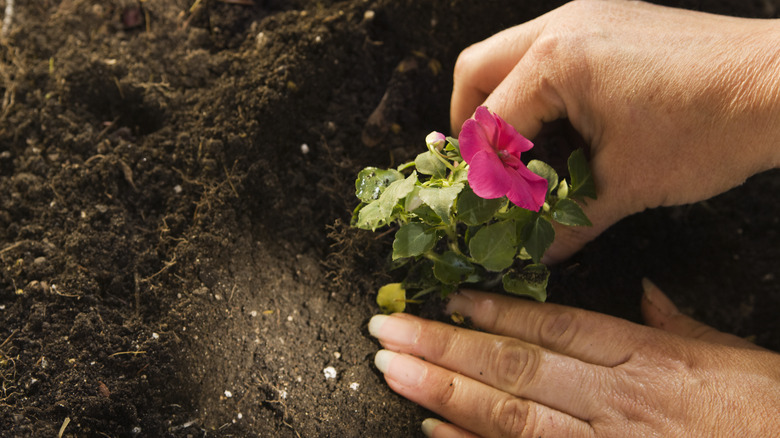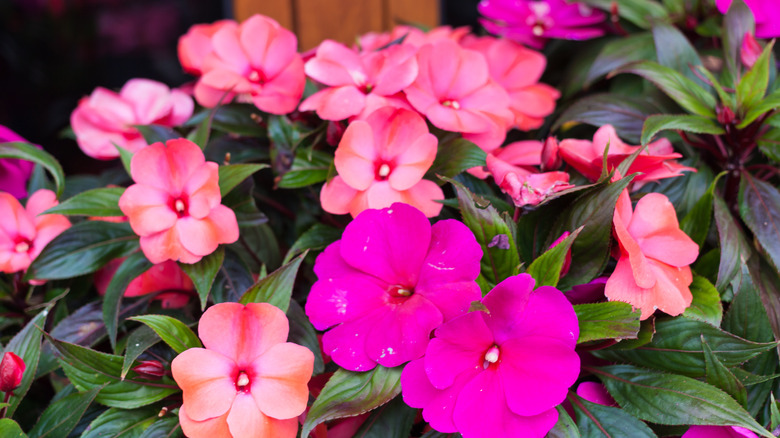The Best Time Of Year To Plant Impatiens For Beautiful Blossoms
We may receive a commission on purchases made from links.
Impatiens are popular annual flowers known for their vibrant colors and ability to thrive in shady areas. To ensure successful growth and blooming, it is important to plant impatiens at the right time and in the proper manner. The best time to plant impatiens is typically in the spring, after the danger of frost has passed and the soil has warmed up. In most regions, this is around late April or early May. Planting impatiens too early, when the soil is still cold, can stunt their growth and make them more susceptible to diseases. Alternatively, planting them too late in the season may result in reduced blooming before the arrival of frost.
When it comes to planting impatiens in the spring, the first step is to choose a suitable location. Impatiens prefer partial shade or filtered sunlight, as direct sunlight can scorch their delicate leaves. Prepare the soil by removing any weeds or debris and loosening it with a garden fork or tiller. Add organic matter, such as compost or well-rotted manure, to improve the soil's fertility and drainage.
Next, dig small holes or trenches that are spaced according to the recommended spacing for the specific variety of impatiens you are planting. Generally, impatiens should be spaced about 8 to 12 inches apart for proper air circulation and growth. Gently remove the impatiens from their containers, being careful not to damage the roots, and place them in the holes. Backfill the holes with soil, firming it gently around the plants.
Protecting impatiens
If you've made the mistake of planting impatiens too early or your spring is dragging its feet on arriving with a potential frost in the future, it's important to protect your plants so that they can survive until the warmer weather arrives. One effective method is to utilize protective coverings. Installing frost cloth or row covers over the impatiens can provide a physical barrier against freezing temperatures. These covers act as insulation, trapping heat from the soil and preventing it from escaping, thus creating a warmer microclimate around the plants. It is crucial to secure the covers properly, ensuring they extend to the ground and are firmly anchored to prevent heat loss. Additionally, these coverings should be employed selectively, only during nights with forecasted frost, allowing sunlight exposure during milder days. Amazon's overall pick is a set of two, each large enough to cover a 10-by-25-foot space, perfect for a garden bed.
Mulching is another strategy for protecting early-planted impatiens from frosts. Applying a layer of organic mulch, such as straw or shredded leaves, around the base of the plants helps retain soil warmth and minimize temperature fluctuations. The mulch acts as an insulating blanket, shielding the roots and lower stems from the cold. It is important to avoid piling the mulch directly against the plant's stems to prevent potential rot and encourage air circulation. This method provides a simple and effective means of maintaining a stable soil temperature, promoting the resilience of the impatiens.

